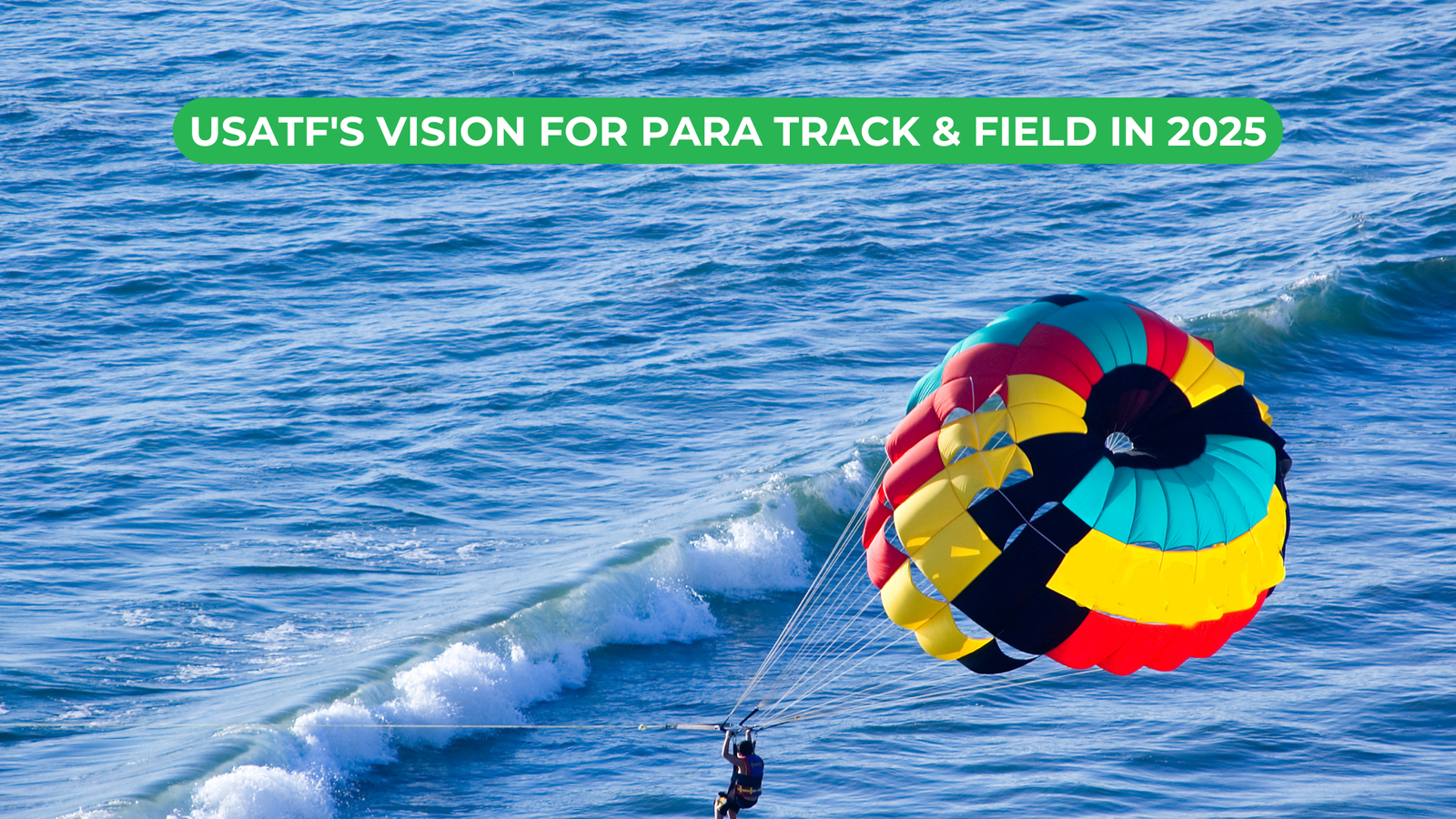The United States Track & Field (USATF) organization has long been at the forefront of athletic excellence, and in 2025, its commitment to Para Track & Field is stronger than ever. With increased inclusivity, technological advancements, enhanced training programs, and stronger athlete development initiatives, USATF is ensuring that Para athletes receive the recognition, support, and opportunities they deserve.
Expanding Inclusivity and Accessibility
One of the biggest ways USATF is shaping the future of Para Track & Field is through expanded inclusivity and accessibility initiatives. In 2025, the organization has ramped up efforts to ensure all athletes, regardless of disability, have a pathway to compete at the highest levels.
USATF has partnered with local clubs, schools, and community programs to identify and develop emerging Para athletes. More classification opportunities are now available to ensure fair competition across different impairment categories. Additionally, the expansion of adaptive sports programs at the youth level has created a stronger talent pipeline for future champions.
Investment in Training and Development
To elevate the performance of Para athletes, USATF has made significant investments in coaching, training, and athlete development. The organization has launched specialized coaching certifications to ensure that trainers are equipped with the knowledge and skills to support Para athletes effectively.
In addition, USATF has expanded training camps and high-performance centers designed specifically for Para athletes. These facilities feature cutting-edge technology, personalized coaching, and sports science integration to optimize athletic performance.
Technological Advancements in Para Track & Field
Technology is playing an increasingly crucial role in shaping the future of Para Track & Field. In 2025, USATF has partnered with innovators in sports technology to enhance training methodologies and competition fairness.
Advanced prosthetics, wheelchairs, and exoskeletons have improved both safety and performance for athletes with mobility impairments. Motion analysis software and biomechanical assessments help fine-tune training regimens, allowing athletes to maximize efficiency in their movements.
USATF has also embraced data-driven decision-making to improve performance tracking, injury prevention, and race strategy development. Wearable technology, such as smart sensors and GPS trackers, provide real-time feedback to coaches and athletes, fostering a more scientific approach to training.
Increased Funding and Sponsorship Opportunities
One of the key challenges for Para athletes has traditionally been financial support. Recognizing this, USATF has worked diligently to secure increased funding and sponsorship opportunities in 2025.
Major corporate sponsorships, government grants, and private donor contributions have expanded financial support for athletes. More prize money and travel stipends are now available, reducing the economic barriers that often limit participation. Additionally, scholarship programs have been introduced to support young Para athletes aspiring to compete at national and international levels.
Enhancing Media Coverage and Awareness
USATF understands that visibility is key to growing Para Track & Field. In 2025, media coverage of Para events has expanded significantly, bringing greater recognition to athletes and the sport as a whole.
Live broadcasts, social media campaigns, and in-depth athlete profiles have made Para competitions more accessible to fans. Streaming services and digital platforms now provide real-time event coverage, helping Para Track & Field reach wider audiences and gain mainstream popularity.
USATF has also collaborated with major networks and sports publications to feature more Para athletes in interviews, documentaries, and highlight reels, showcasing their dedication and inspiring the next generation of competitors.
Strengthening the Paralympic Pathway
A major focus of USATF’s efforts in 2025 is strengthening the Paralympic pathway. By aligning with the U.S. Olympic & Paralympic Committee (USOPC) and World Para Athletics, USATF has refined the qualification process and provided more structured support for elite athletes aiming for the Paralympics.
With improved scouting efforts, enhanced coaching resources, and expanded competition opportunities, USATF ensures that more American Para athletes are positioned to succeed on the world stage. Training programs are now designed to mirror the rigor of Olympic preparation, giving Para athletes the resources and guidance needed to reach peak performance levels.
Community Engagement and Advocacy
Beyond competitive advancements, USATF is deeply invested in community engagement and advocacy. In 2025, the organization has launched nationwide initiatives to promote Para Track & Field at grassroots levels.
Educational campaigns, mentorship programs, and community outreach events are breaking down barriers and changing perceptions about disability in sports. USATF is also advocating for increased school-based Para athletics programs, ensuring that young athletes with disabilities have early exposure to the sport.
Additionally, efforts to enhance accessibility at competition venues—such as improved track surfaces, adaptive training facilities, and transportation accommodations—have made it easier for athletes to participate without logistical hurdles.
Looking Ahead: The Future of Para Track & Field
With these advancements, USATF is not just supporting current athletes—it is laying the foundation for future generations of Para Track & Field competitors. By fostering inclusivity, embracing technological innovation, expanding funding opportunities, and increasing visibility, USATF is ensuring that Para athletes receive the same recognition and respect as their able-bodied counterparts.
As we move forward in 2025 and beyond, USATF’s commitment to Para Track & Field continues to grow, driving the sport towards new levels of excellence and ensuring that all athletes have the opportunity to reach their full potential.



